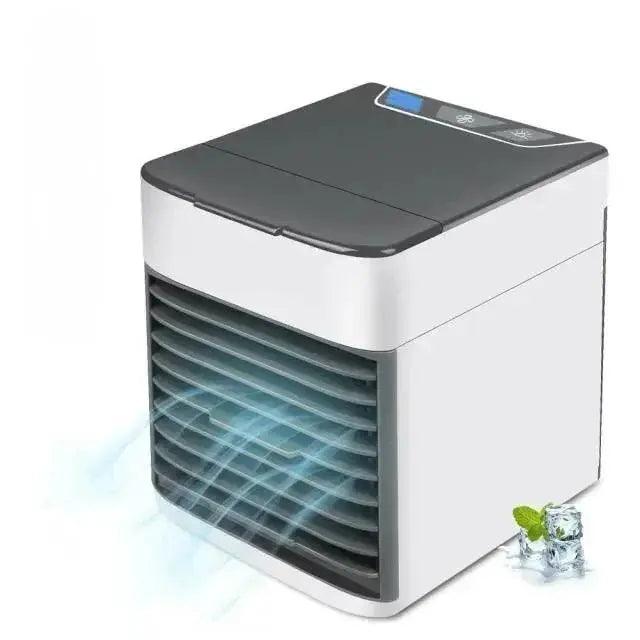Tips for Choosing the Right Tires for Your Vehicle
Choosing the right tires for your vehicle may not seem like a big deal, but it can have a significant impact on your driving experience and safety. The tires you choose determine how your vehicle performs on the road, including its handling, traction, and overall comfort. With a vast array of tire options available in the market, it’s essential to consider several factors before making a purchase. In this blog post, we will provide you with tips for choosing the right tires for your vehicle.
1. Understand Your Driving Needs: One of the most crucial factors in choosing the right tires is understanding your driving needs. Think about the typical weather conditions you encounter, the terrain you drive on, and your driving style. If you live in an area with snowy or icy conditions, opting for winter or all-season tires with good traction is essential. On the other hand, if you primarily drive on highways or have a sporty driving style, high-performance tires might be the best fit for you.
2. Determine the Right Tire Size: Choosing the right tire size is crucial to ensure safety and proper vehicle performance. You can find tire size information on the sidewall of your current tires or your vehicle’s owner’s manual. The tire size is usually indicated by a combination of numbers and letters, such as 205/55R16. The first number represents the tire width in millimeters, the second number refers to the aspect ratio or tire profile, and the last number indicates the size of the wheel it fits. Make sure to choose the right size to maintain optimal traction and handling.
3. Consider the Tread Pattern: Tread pattern plays a significant role in a tire’s performance. It affects how well your vehicle grips the road and how it handles various road conditions. There are three common types of tread patterns: summer, all-season, and winter. Summer tires feature a smooth tread pattern, providing excellent traction and performance on dry roads. All-season tires have a moderate tread pattern, suitable for various weather conditions. Winter tires have an aggressive tread pattern with deep grooves, providing superior traction on snow and ice.
4. Check the Tread Life: Tread life refers to the durability and longevity of a tire. It’s essential to consider the expected mileage you’ll get from a set of tires before making a purchase. High-quality tires tend to have a longer tread life, meaning they will last longer before requiring replacement. Checking the tire’s Uniform Tire Quality Grading (UTQG) rating can provide you with an idea of its tread life. The higher the rating, the longer the tread life.
5. Look for Fuel Efficiency: Fuel efficiency is another crucial factor to consider when selecting tires. Fuel-efficient tires can help reduce your vehicle’s fuel consumption and contribute to a cleaner environment. Look for tires that have a low rolling resistance, as they require less energy to move. These tires can result in improved fuel economy and a smoother ride.
6. Research Brand and Customer Reviews: Before making a final decision, take the time to research different tire brands and read customer reviews. Look for reputable tire manufacturers known for producing high-quality and reliable products. Reading reviews can provide you with insights into the durability, handling, and overall performance of various tires. Additionally, consult with friends, family members, or trusted mechanics to gather recommendations and personal experiences.
7. Seek Professional Advice: If you’re unsure about which tires to choose or need additional guidance, don’t hesitate to seek professional advice. Visit a reputable tire dealer or consult with a knowledgeable mechanic who can help you select the right tires for your vehicle. They can assess your driving needs, evaluate your vehicle’s specifications, and recommend the most suitable tire options. Their expertise can save you from making an uninformed decision and help ensure your safety on the road.
In conclusion, choosing the right tires for your vehicle is crucial for optimal performance, safety, and comfort. By understanding your driving needs, considering the tire size, tread pattern, tread life, fuel efficiency, and researching brands and customer reviews, you can make an informed decision. Seeking professional advice can further assist you in selecting the best tires for your specific vehicle. Remember to prioritize safety and invest in high-quality tires to enjoy a smoother and safer driving experience.





